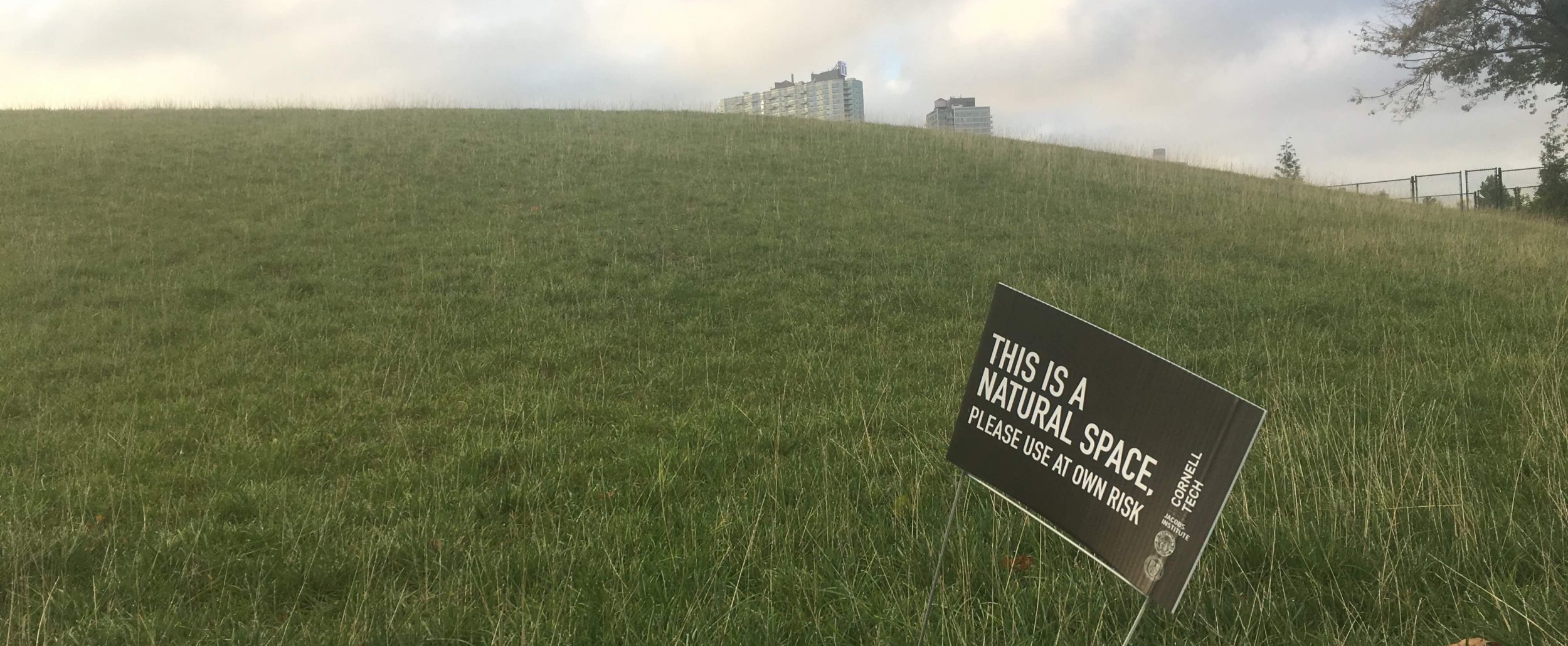Accessing urban nature. Opportunities and challenges of territorialisation processes in relation to environmental justice and the promotion of multifunctional green commons.
Lead by Annika Dahlberg and Sara Borgström
Have a look at Green Access project folder!
Check out our recent publications.
Research tracks:
- What are urban green commons?
- Urban foraging – the right of public access
- Access to green spaces by wheelchair users
- Urban green commons for young women
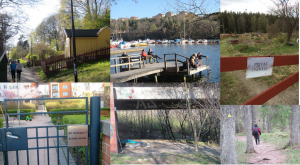
More and more people are moving to cities which entails big challenges and puts high demands on sustainable solutions. The green structure of cities, like parks, protected areas and smaller green spaces, all contribute in different ways to sustainable ecological and social processes. As an effect of urbanization these green areas risk decreasing in numbers and size, wherefore planning, management and use of the remaining green spaces become even more important. The green areas are green commons, which can and should be used by all who want to. Already we know that different groups in society do not utilize the possibilities offered by existing green commons, e.g. due to distance, accessibility and cultural factors. It is imperative that this socially uneven distribution decreases. Environmental justice is a research field which studies how access to environmental qualities differs between marginalized and more powerful groups in society.
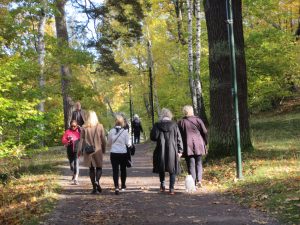
An additional aspect raised in discussions about sustainable development is multifunctional landscapes, i.e. both ecological and socio-cultural diversity. A multifunctional landscape contains more values than a more monotonous one, e.g. higher biodiversity, more ecosystem services, and can cater for more land-use interests. Multifunctionality makes the landscape more flexible which is central to society’s capacity to adapt, especially in times of change and challenge. These landscapes contain a higher capacity to transform and thus adapt the use of an area depending on new needs.
The project will study how different forms of territorialisation processes affect access and use of urban green spaces, as well as how these processes affect the landscape’s social and ecological multifunctionality. Territorialisation processes occur when authorities, organisations, informal groups and individuals through varied strategies affect the use, and the users, of an area. This can happen e.g. through formal programming of a green space, like when a municipality establishes an out-door gym or a football pitch. Another form of territorialisation is semi-privatisation, where the private sphere is extended by appropriating previously common land, e.g. certain forms of urban gardening. These and similar processes already affect many green spaces, over a cumulatively large area, and thus many actual and potential users.
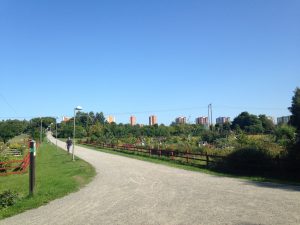
Territorialisation can have both negative and positive impacts on a just access and use, as well as increase or decrease the degree of multifunctionality. The project is interdisciplinary and includes both natural and social science. Planning and execution of the research will be done in close collaboration with other stakeholders, e.g. authorities, organizations, civic movements and individual users (and non-users) of green areas. In this way, societal relevance of the research and its results is guaranteed. Järvafältet in Stockholm, one of the regions large green wedges, constitutes the geographical framing of the project. Here we will map how the area has changed over the last three decades, e.g. in terms of use, accessibility, ecological and social diversity, as well as explore which processes of territorialisation and which actors (where relevant) lie behind identified changes. Based on this knowledge we will select a number of case studies where we more in-depth will investigate the drivers behind different territorialisation processes and their consequences.
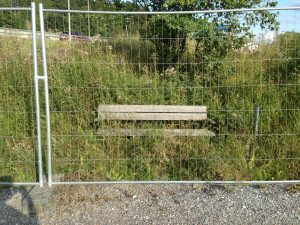
When mapping the area we will make use of the existing rich material in the form of aerial photographs, satellite images, maps, inventories, as well as own field investigations. To this will be added information from policy- and planning documents, dialogue processes with inhabitants and interviews with key informants. In the selected case studies we will conduct in-depth interviews, participatory observation, and collect information based on participant photography. How different actors understand, value and use different types of green areas, and how they perceive changes that occur is central to the project. The results from the project will be of high interest to many different stakeholders, and our ambition is to constructively contribute to ongoing planning and management in the Stockholm region and, backed up by new knowledge, actively participate in discussions to solve conflicts between different land use interests in urban landscapes generally.
The project is funded by Formas and runs 2017-2023.
